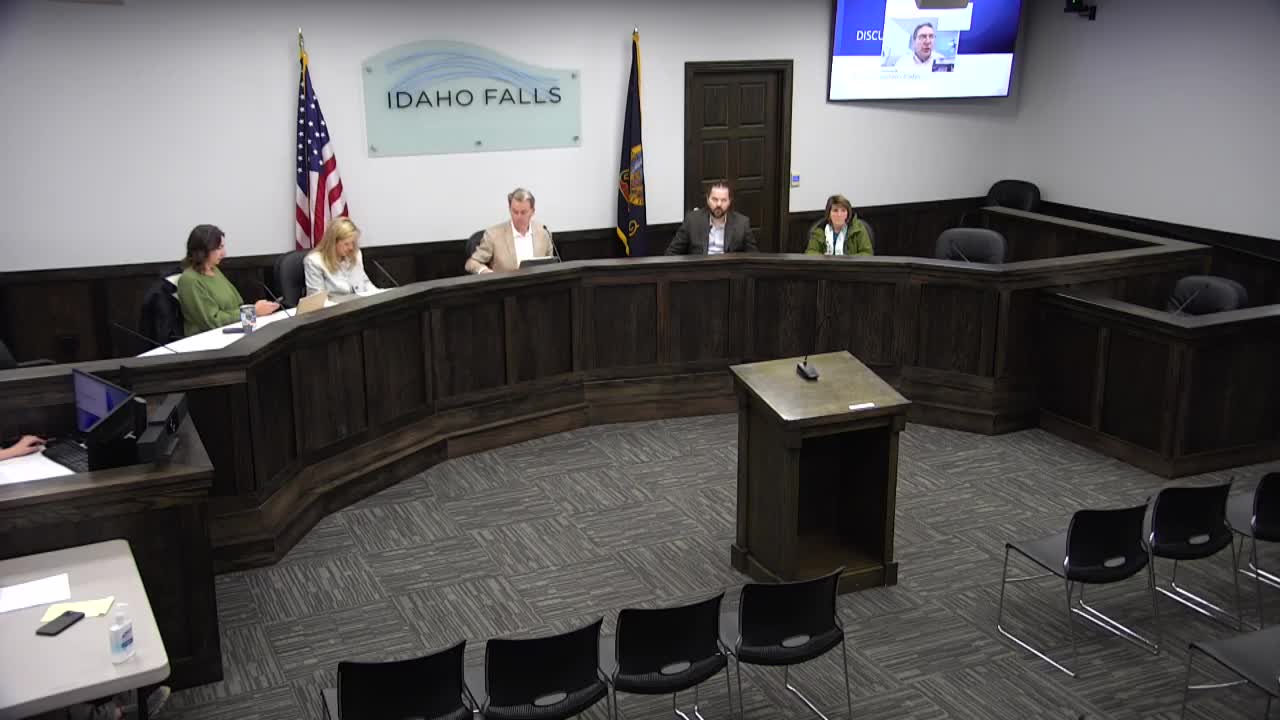Fire Districts Consider Withdrawal Following New EMS Legislation in Idaho
May 15, 2025 | Idaho Falls, Bonneville County, Idaho
This article was created by AI summarizing key points discussed. AI makes mistakes, so for full details and context, please refer to the video of the full meeting. Please report any errors so we can fix them. Report an error »

Idaho Falls City officials are actively addressing recent legislative changes that allow emergency medical services (EMS) and fire districts to withdraw from existing plans, a move that could significantly impact local funding and service delivery. During a recent meeting, discussions centered on the implications of this legislation, which has prompted several requests for withdrawal from districts across the state.
Ryan, a key participant in the meeting, highlighted that the upcoming RAI meeting will focus on establishing a consistent approach to these withdrawal requests. The legislation aims to address concerns from fire districts claiming they are losing out on valuation assessment taxes, which are crucial for funding their operations. However, the process is complex, as districts must consider whether withdrawing will truly benefit them financially, especially if they have outstanding debts or obligations.
The discussions revealed that if a district withdraws, it may receive a new construction value based on a complicated formula, which could result in only 80% of that value being allocated. This uncertainty raises questions about the financial viability of such withdrawals for the districts involved.
City officials clarified that the legislation primarily affects fire districts and EMS outside of city limits, as the City of Idaho Falls operates its fire services through the general fund and does not fall under the same regulations. Surrounding areas, such as Ammon and Bonneville County, are part of the fire district and have their own elected boards that can set levy rates, making them eligible for potential withdrawals.
As the city navigates these changes, the focus remains on ensuring that local fire and EMS services continue to meet community needs while adapting to the evolving legislative landscape. The outcomes of the upcoming RAI meeting will be crucial in determining how Idaho Falls and its surrounding districts will proceed in light of these new opportunities for withdrawal.
Ryan, a key participant in the meeting, highlighted that the upcoming RAI meeting will focus on establishing a consistent approach to these withdrawal requests. The legislation aims to address concerns from fire districts claiming they are losing out on valuation assessment taxes, which are crucial for funding their operations. However, the process is complex, as districts must consider whether withdrawing will truly benefit them financially, especially if they have outstanding debts or obligations.
The discussions revealed that if a district withdraws, it may receive a new construction value based on a complicated formula, which could result in only 80% of that value being allocated. This uncertainty raises questions about the financial viability of such withdrawals for the districts involved.
City officials clarified that the legislation primarily affects fire districts and EMS outside of city limits, as the City of Idaho Falls operates its fire services through the general fund and does not fall under the same regulations. Surrounding areas, such as Ammon and Bonneville County, are part of the fire district and have their own elected boards that can set levy rates, making them eligible for potential withdrawals.
As the city navigates these changes, the focus remains on ensuring that local fire and EMS services continue to meet community needs while adapting to the evolving legislative landscape. The outcomes of the upcoming RAI meeting will be crucial in determining how Idaho Falls and its surrounding districts will proceed in light of these new opportunities for withdrawal.
View full meeting
This article is based on a recent meeting—watch the full video and explore the complete transcript for deeper insights into the discussion.
View full meeting